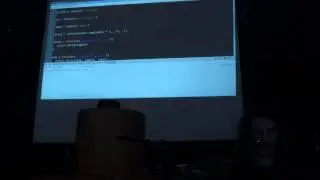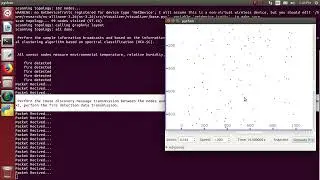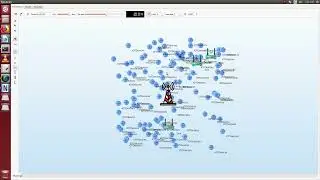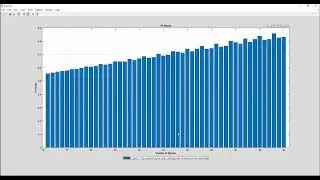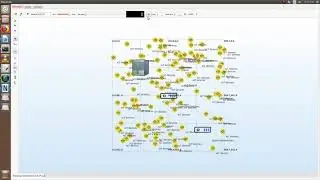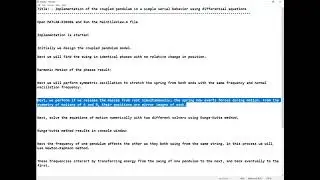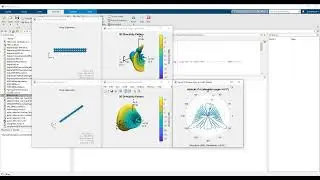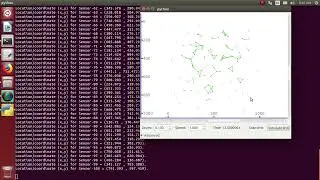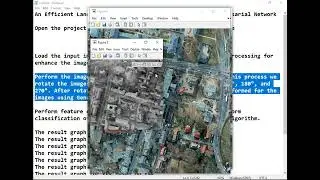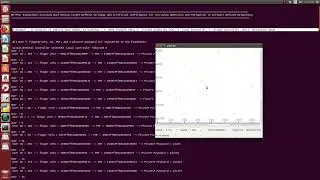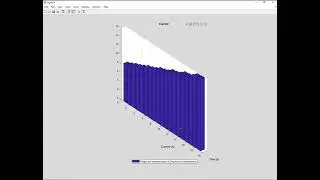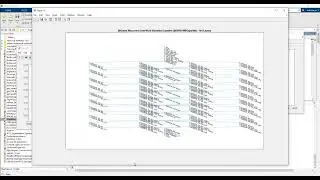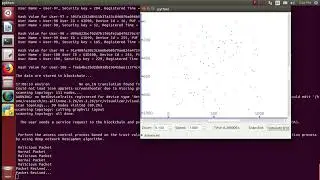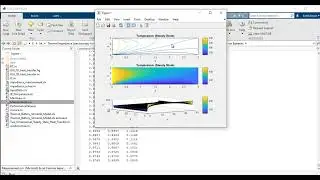Fetal Heart Rate Monitoring using Artificial Intelligence | ML Analysis of Fetal Heart Rate (
Title: - Adopting Artificial Intelligence Algorithms for Remote Fetal Heart Rate Monitoring and Classification using Wearable Fetal Phonocardiography
-------------------------------------------------------------------------------------------------------------------------------------------------------------------------------------------------------------------------------------
Implementation Plan:
-----------------------------------
Step 1: Initially we load signals data from three datasets such as Fetal PCG database (F-PCG), Simulated Fetal Phonocardiograms (SFP) and Indian Institute of Science Fetal Heart Sound Database (IISFHSD).
Step 2: Next we perform the Two Level Pre-Processing,
2.1: Low Frequency Noise Removal: The environmental noise includes noises occurring from the surrounding during signal acquisition. The fetal and maternal movements include the other organ sounds of the mother (lungs, maternal heartbeat, digestive sound, movement movements), and fetal.movements. To remove those noises, we used Chebyshev Filter.
2.2: High Frequency Noise Removal: To remove those high frequency noises, we used Complete Ensemble Empirical Mode Decomposition with Adaptive Noise (EC2EMDAN) and Phase Shifted Maximal Overlap Discrete Wavelet Transform (PS-MODWT).
Step 3: Next we MA-DRL based PCG Segmentation & Redundancy reduction, The pre-processed signal is enveloped and smoothed using Hilbert Transform (HT) and Low Pass Filters (LPF) respectively. After that the PCG signals are segmented using Multi Agent-Deep Q Learning (MA-DQL) algorithm. Once all signals are optimally localized, the results are forwarded to Segmentation Agent where the signals are split into cardiac cycles (i.e., S1, systole, S2, and Diastole). We select the optimal cardiac cycles from the set of repeated cardiac cycles using an optimization algorithm named Artificial Humming Bird Optimization (AHBO) algorithm.
Step 4: Then we perform the Machine Learning Assisted 3D Spectrogram Conversion, This step adopts a hybrid machine learning algorithm named Variational Auto Encoders-General Adversarial Networks (VAE-GAN) based on the Sparse Fast Fourier Transform (SFFT).
Step 5: Next we perform Hybrid DL based Feature Extraction & Classification process. In this process the optimal features are extracted to classify the heart rates using a hybrid deep learning algorithm named BiGated Recurrent Unit-Multi Boosted CapsNet (BiGRU-MBCapsNet). The features are extracted and engineered by GRU and provided the engineered features as an input to the MBCapsNet. The MBCapsNet Classifies the signal features as normal FHR, Abnormal FHR, and Suspicious FHR based on trained constraints such as acceleration, deceleration, and baseline variability.
Step 6: Finally, The proposed work is evaluated in terms of metrics such as,
• Accuracy
• Sensitivity
• F1-Score
• Positive Predictivity Value
• Complexity
==========================================================================================================================================================
Software Requirement:
------------------------------------
1. Tool: Matlab-R2020a
2. Operating System: Windows 10 (64-bit)
==========================================================================================================================================================
Note:-
----------
We make a simulation based process only.
We perform the EXISTING process based on the REFERENCE 2 Title: - A Noninvasive Continuous Fetal Heart Rate Monitoring System for Mobile
Healthcare Based on Fetal Phonocardiography
Title:- Adopting Artificial Intelligence Algorithms for Remote Fetal Heart Rate Monitoring and Classification using Wearable Fetal Phonocardiography
-------------------------------------------------------------------------------------------------------------------------------------------------------------------------------------------------------------------------------------
Installl the required software...
Copy the zip file and paste to the D or E drive and Extract the zip file.
Copy the folder "Propsed - Adopting Artificial Intelligence Algorithms for Remote Fetal Heart Rate Monitoring" and "Existing - A Noninvasive Continuous Fetal Heart Rate Monitoring System" under the code folder and Paste into any drive.
Note: Don't Delete any file or folders project contains...
Then Launch matlab IDE.
Next copy the source code location (Note: Use the source code location avoids space). Then paste the source code location into matlab address location. After paste, press the enter key.
Software Requirement:
--------------------------------------
1) Matlab-R2020a
2) Windows-10 (64bit)
